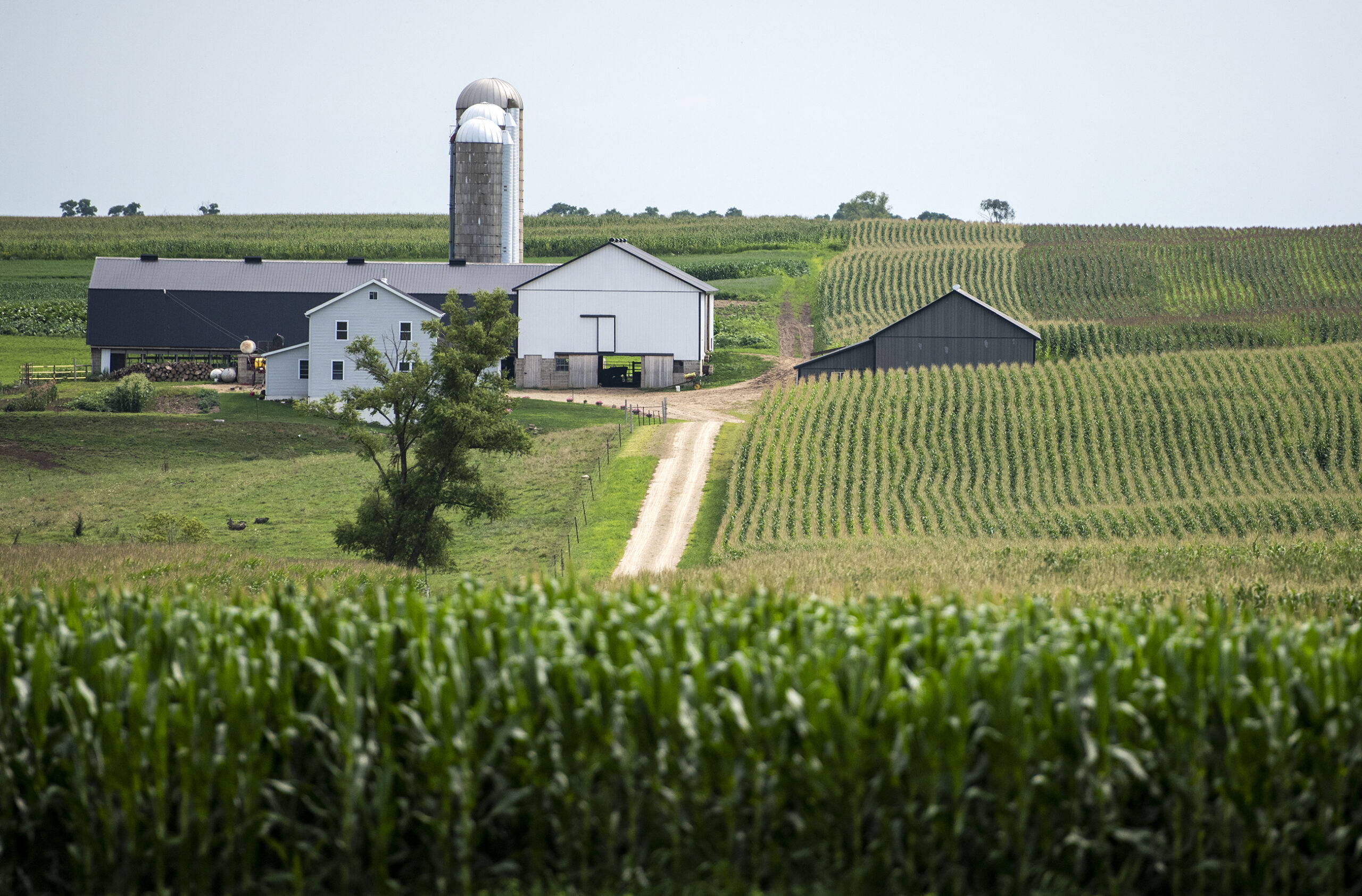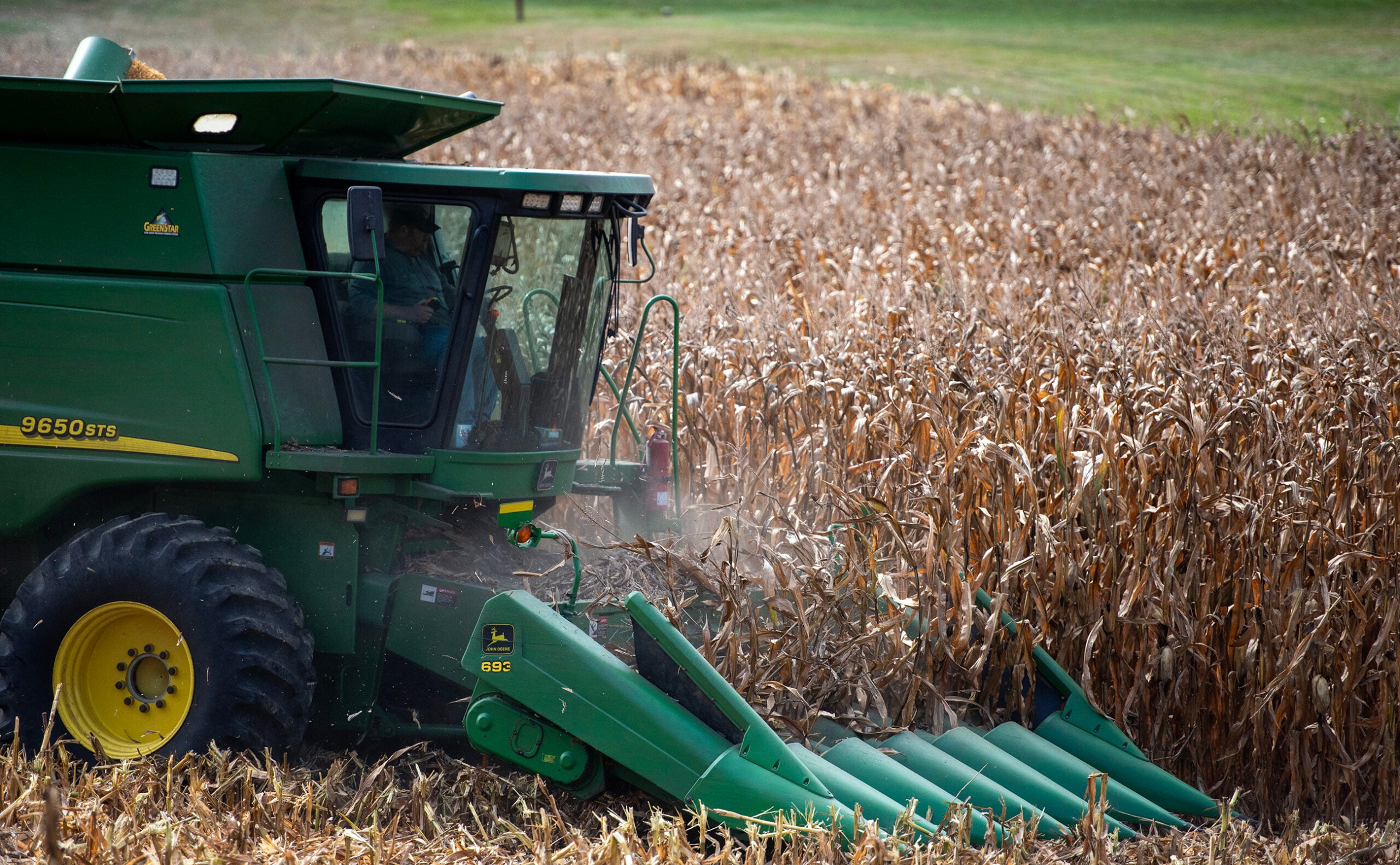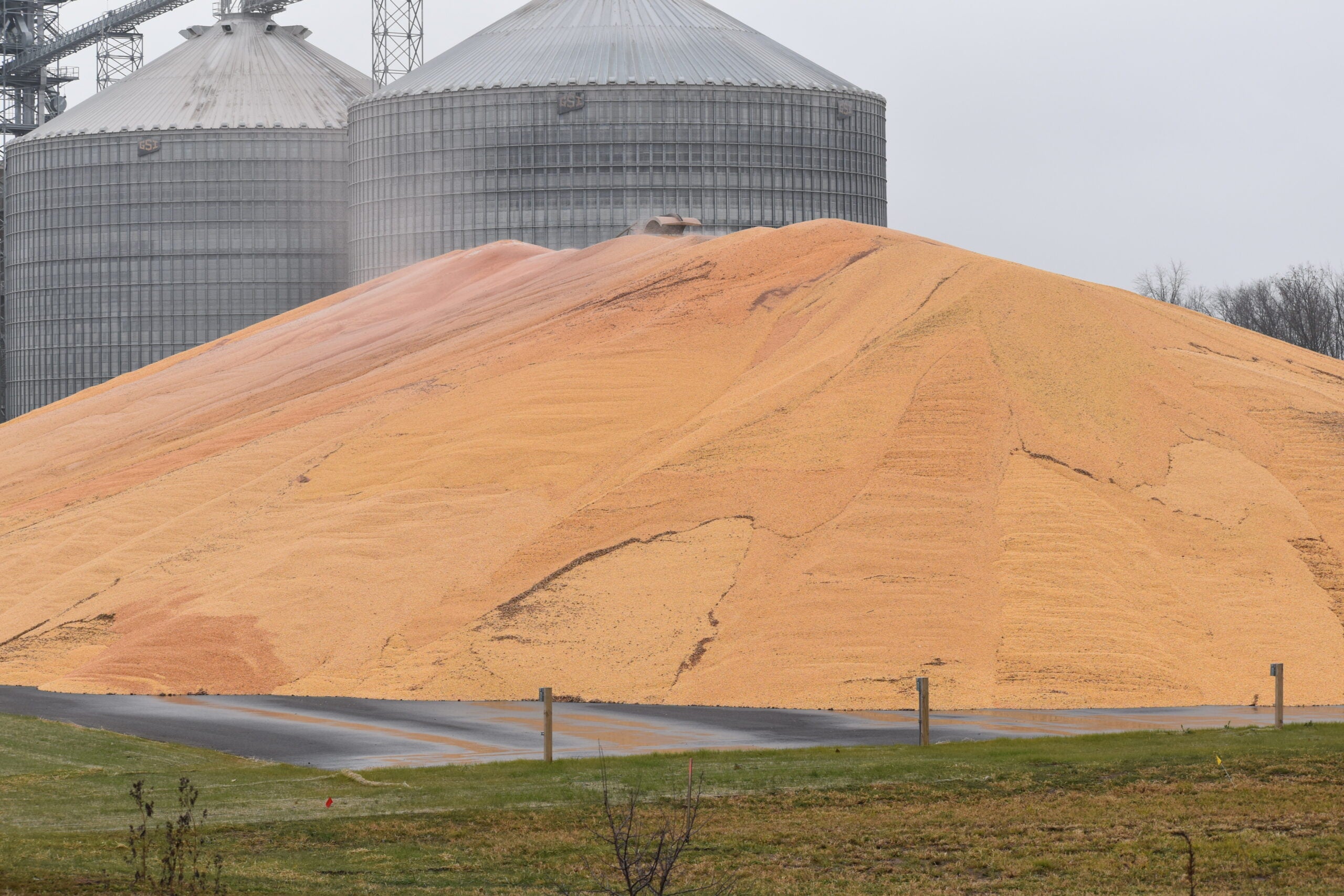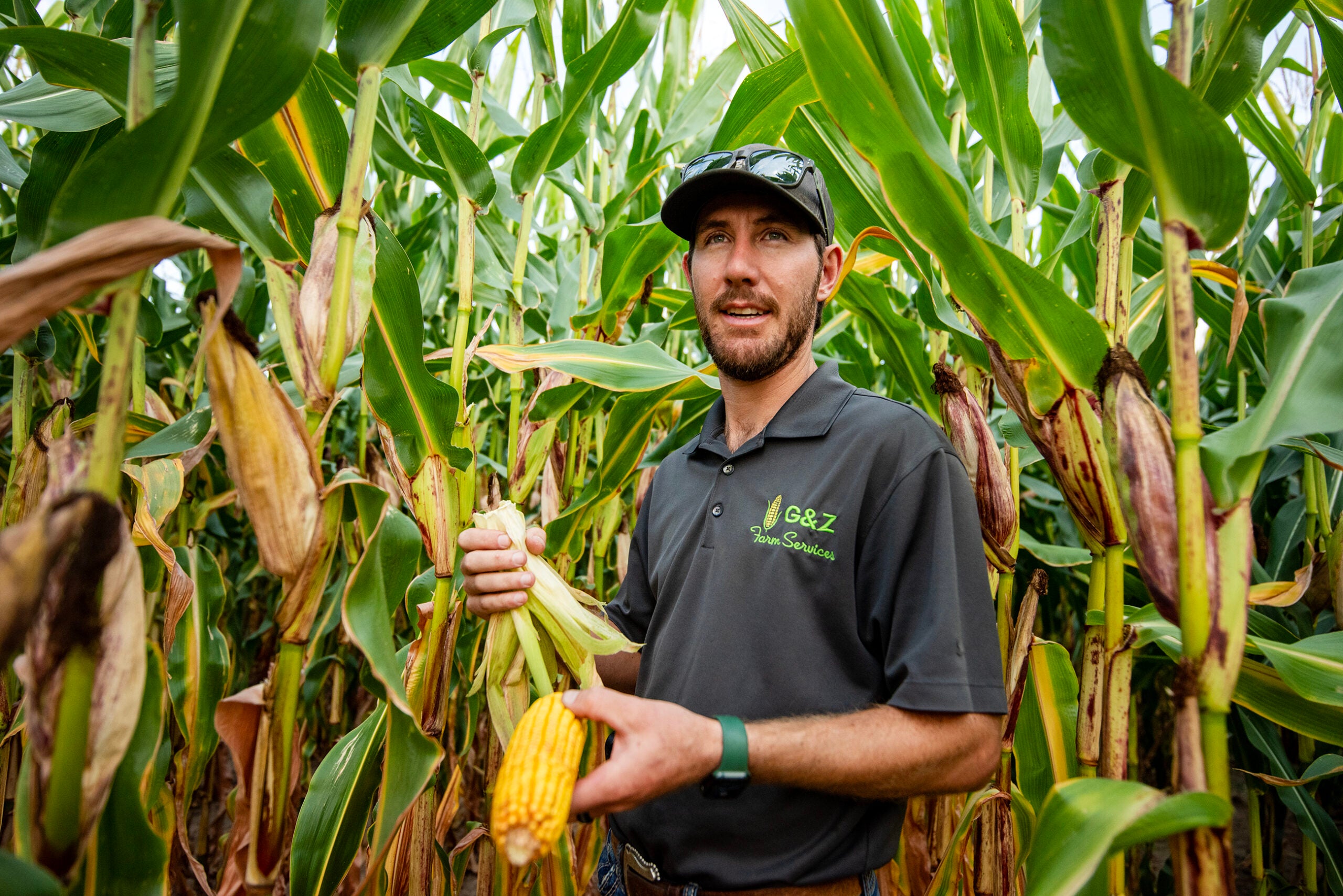The amount of Wisconsin land being farmed declined in 2021 for the first time in four years.
The U.S. Department of Agriculture’s National Agricultural Statistics Service found the total amount of land in Wisconsin farms was 14.2 million acres last year. That’s 100,000 acres fewer, or a less than 1 percent decline, from 2020, but it’s the first decrease in the amount of land in farms since 2017.
The total number of farms in the state also fell in 2021. There were 64,100 total farms last year, which is 300 fewer farms, or a less than 0.5 percent decline, than in 2020.
News with a little more humanity
WPR’s “Wisconsin Today” newsletter keeps you connected to the state you love without feeling overwhelmed. No paywall. No agenda. No corporate filter.
Heather Schlesser is an agriculture educator for the University of Wisconsin-Madison’s Division of Extension in Marathon County. She said the state has seen many producers transition out of dairy farming, which requires a lot of land for growing feed.
“They were transitioning out of dairy, making that decision to retire because they’re getting older. Or maybe they’re still younger, but they’re switching into beef production,” Schlesser said. “You can only do that for so long before you’re like, ‘You know what, I really don’t need this land. I don’t want to deal with the renters anymore. There’s no one new coming on the farm.’ And then they’re just deciding to sell it off.”
Some land is sold to other producers, especially the largest farms in the state. The amount of land farmed by producers earning at or above $500,000 annually grew by almost 4 percent from 2020 to 2021.
But for farms around urban areas, land is often sold to individuals looking to transition out of city living or looking for recreational land for hunting.
“They want to be close enough to that downtown center so that they don’t have a long commute to get to work, where they’re still close to the cultural centers and everything that town has to offer,” she said. “But they want that country feel.”
Schlesser said urban sprawl is not a new trend for the state, but it may have been more of a factor in 2020 after the start of the COVID-19 pandemic.
Schlesser authored this year’s Wisconsin Agricultural Land Prices report, an annual overview of land sale records from the state Department of Revenue.
According to that data, 2020 had the most agriculture land sales since 2012. While sales declined in 2021, the number was still higher than the six years leading up to the pandemic.
Schlesser said the uncertainty of COVID-19 and the initial commodity price shocks led some farmers to make the decision to get out.
“People were fed up,” she said. “I mean, they’ve been struggling for so many years trying to keep things afloat, and they’re like, ‘I can’t do it anymore.’ Up to that point, if farms were selling, they were selling to other farms. But if there’s no farms around you that want to buy the land, then they’re gonna go out of agriculture production.”
Scott Bortolini, farm appraiser and owner of Cornerstone Appraisals in Kewaunee, argues the slight decline in total land in farms won’t have a major impact on the agriculture industry. He said losing what he calls “transitional land” that surrounds urban centers doesn’t have as big of an impact because of increasing efficiency in farming.
“The farmer probably cashed a pretty good check or sold it for what they believe to be a pretty good margin on that land. And I think that that will always probably continue,” he said.
Bortolini said the average price per acre is much more telling about the industry’s outlook. According to the Land Prices report, the average price of farmland sold in Wisconsin last year was $4,757 per acre. That’s almost 11 percent higher than in 2020.
Bortolini said higher land values were driven by strong commodity prices for crops and livestock and increased optimism about the market. With those trends continuing into 2022, he thinks more of the land that’s changing hands this year will likely stay in agriculture and go to farms looking to expand.
Schlesser said the high land values could also be motivation for some farmers to put their land on the market, especially producers who are nearing retirement age.
“They’re seeing, ‘Hey, my neighbor is getting three times what he paid for (his farm). Land values are going up. It’s a good time to get out and to capitalize on this asset that I’m not going to use anymore and put myself in a good place for retirement,’” she said.
Wisconsin Public Radio, © Copyright 2025, Board of Regents of the University of Wisconsin System and Wisconsin Educational Communications Board.







